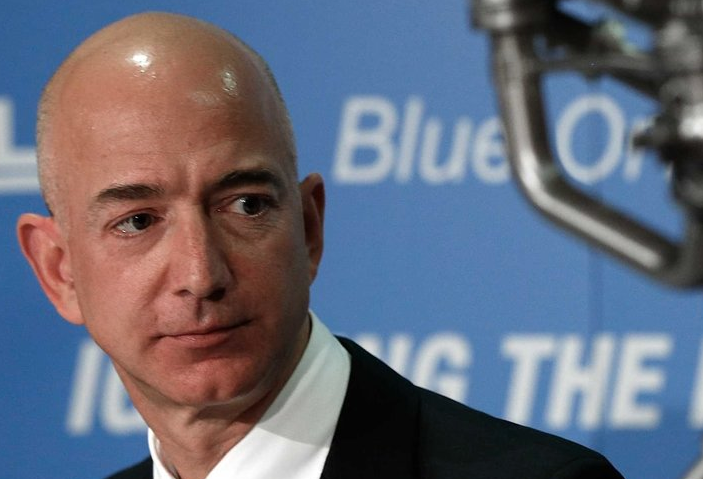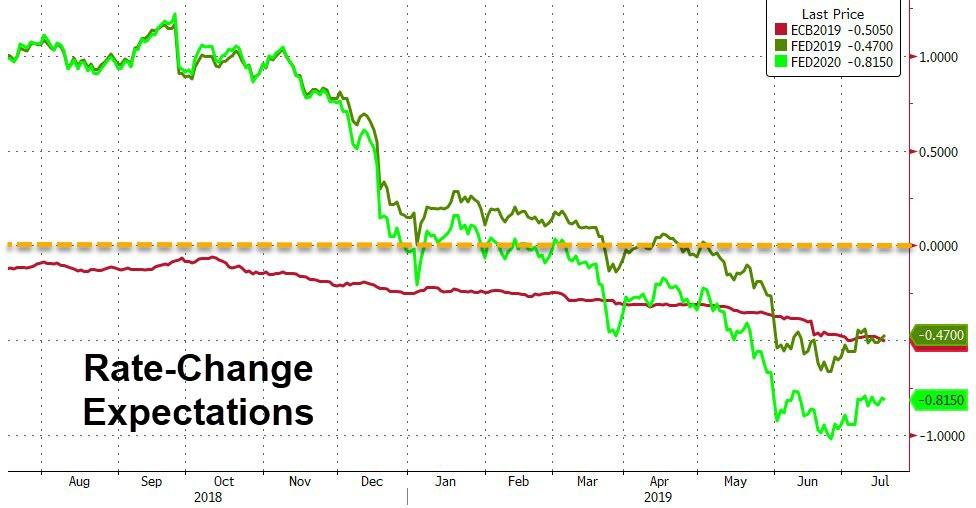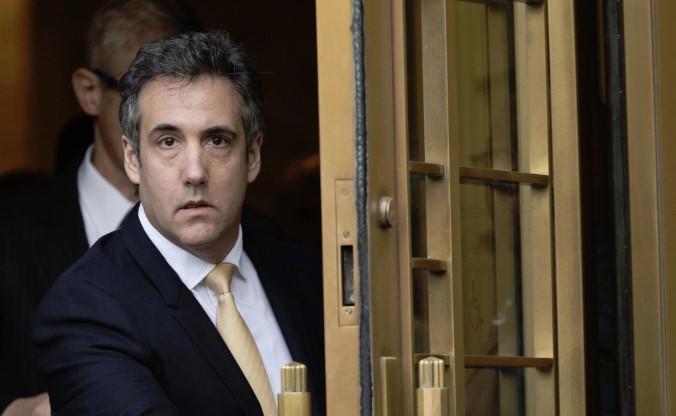In recent years, the Utah Supreme Court has produced many unusually interesting, thoughtful, and academic (in the best sense) opinions; here’s another from last Thursday, Nixon v. Clay, written by Associate Chief Justice Thomas Lee:
At the outset of the oral argument in our court in this case, counsel for the appellee presented a quote from the late Senator John McCain. The quote alludes to the sport of mixed martial arts as a “dangerous and brutal exercise,” while then warning of a “sport, more vicious and cold-blooded, that takes place in Mormon meetinghouses across this great nation of ours”—”LDS Church Basketball.” This quote, sadly, appears to be a matter of internet apocrypha. We can find it attributed to a McCain floor speech on various pages of the world-wide web, but no such quote appears in the pages of the Congressional Record. Yet the apocryphal quote conveys an accepted view of “church ball” among many who have experienced this phenomenon—an athletic competition acclaimed on some local t-shirts as “the brawl that begins with prayer.”
The court concluded that, as a matter of law, “participants in any sport are not liable for injuries caused by their conduct if their conduct was inherent in the sport”:
Our cases have established a framework for the establishment of a duty of care in the law of torts. We have announced a “general rule” that “we all have a duty to exercise care when engaging in affirmative conduct that creates a risk of physical harm to others.” And we have also explained that “[t]here are exceptions to the rule … in categories of cases implicating unique policy concerns that justify eliminating the duty of care for a class of defendants.” In deciding whether to endorse an exception, we have looked to certain “‘minus’ factors” that may weigh against the imposition of a duty of care. Those factors include “the foreseeability or likelihood of injury,” “public policy as to which party can best bear the loss occasioned by the injury,” and “other general policy considerations.” …
The Restatement (Second) of Torts states that a decision to “[t]ak[e] part in a game manifests a willingness to submit to such bodily contacts or restrictions of liberty as are permitted by its rules or usages.” With this in mind, “[t]he majority of jurisdictions which have considered this issue have concluded that personal injury cases arising out of an athletic event must be predicated on reckless disregard of safety.”
The majority rule establishes that a participant in a sport “breaches a legal duty of care to other participants—i.e., engages in conduct that properly may subject him or her to financial liability—only if the participant intentionally injures another player or engages in conduct that is so reckless as to be totally outside the range of the ordinary activity involved in the sport.” The courts that endorse this rule have identified a series of policy rationales in support of this rule. We find these policy rationales quite persuasive.
Voluntary participants in sports “manifest[ ] a willingness to submit to … bodily contacts … permitted by its rules.” They also submit to some bodily contact not permitted by the rules because “rule[ ] infractions and mishaps are virtually inevitable” in sports where bodily contact is inherent. Contact, both permitted by the rules and sometimes contrary to the rules, is a known and accepted risk of many sports. And “it is inapposite to the competitiveness of contact sports to impose a duty on participants to protect coparticipants from … known and accepted risks.”
If participants faced liability every time contact with another player resulted in an injury, a “flood of litigation” would ensue. “[V]igorous participation in athletic activities” would be deterred. Athletic competition “as we know it would not be played.” And our society would be worse off as a result….
For these reasons we think it appropriate to establish an exception to tort liability for certain injuries arising out of voluntary participation in sports. But we do not deem it appropriate to require proof that a defendant’s conduct was reckless or intentional. Nor do we think it is necessary to limit the exception to an arbitrary subcategory of “contact” sports. Instead we hold that voluntary participants in a sport cannot be held liable for injuries arising out of any contact that is “inherent” in the sport. Under our rule, participants in voluntary sports activities retain “a duty to use due care not to increase the risks to a participant over and above those inherent in the sport.” But there is no duty to lower or eliminate risks that are inherent in an activity.
We depart from the majority rule in part because we find the “intentional or reckless” conduct standard unnecessary and potentially problematic as applied to some sports. Under the majority rule, sport “participant[s] [are] liable for injuries … if the participant’s conduct was ‘either deliberate, willful or with a reckless disregard for safety of the other player.'” In applying this standard most jurisdictions endorse the Restatement definition of recklessness:
“[An] actor’s conduct is in reckless disregard of the safety of another if he does an act … knowing or having reason to know of facts which would lead a reasonable man to realize, not only that his conduct creates an unreasonable risk of physical harm to another, but also that such risk is substantially greater than that which is necessary to make his conduct negligent.”
This standard seems problematic in at least some sports. In sports like football, rugby, ice hockey, and other high-contact sports, contact between players is often simultaneously intentional or reckless and inherent in the game. Even contact technically prohibited by the rules, like a personal foul in the game of basketball, is rather routinely initiated intentionally as an element of game strategy…. And some conduct in high-contact sports will at least sometimes be the kind of conduct that is in “reckless disregard of the safety of another”—at least in the sense that there is a known, high risk of physical harm to another player.
In high-contact sports—where intentional conduct is expected and even encouraged—the majority rule could impose liability on players for simply playing the game as it is designed and expected to be played. Injuries arising out of such contact are of course unfortunate. But they do not warrant tort liability….
If a defendant’s actions are inherent in a sport, the defendant should not face liability. And if the defendant causes injury through conduct not inherent in the sport, he or she should face liability under ordinary tort principles. A participant’s state of mind may be relevant to the inherency inquiry; but a showing of intentional or reckless conduct is not necessary. If a participant in a sport initiated contact for the sole purpose of injuring a co-participant, for example, and not for a purpose that is strategic to or inherent in the game, that may suggest that the contact was not inherent. And merely negligent acts, on the other hand, may more often be seen as inherent. But again the key question is whether any given contact is inherent in the sport. The defendant’s state of mind is at most a factor of circumstantial relevance….
The inherency inquiry will depend on the facts of a particular case and the characteristics of a particular sport. We adopt no uniform standard that will easily resolve all cases. But we outline below a few guiding principles to aid in the application of this exception.
Contact that is permitted and anticipated by the rules of a sport is clearly inherent. But inherency should not be based solely on what is permitted or prohibited by the rules of the game. “[Many sports] permit some bodily contact and, in actual practice, more contact is permitted than a reading of the rules would indicate. … [P]layers regularly commit contact beyond that which is permitted by the rules even as applied. In basketball, such an illegal contact is described as a foul for which a sanction is imposed. Sometimes the player fouled is injured. This is to be expected.”
When determining whether contact, prohibited or not by the rules, is an inherent risk of the sport, courts should consider factors like the frequency at which this type of contact occurs, the circumstances in which it occurred, whether the contact is an aspect of the regular strategy of the game, and the severity of the sanction imposed by game officials…. { This inquiry may leave some difficult cases at the margins. But there will also be easy cases at opposite ends of the spectrum. A common personal foul involving a routine basketball move (like an attempt at the ball that results in a hack across the arm), for example, is easily classified as inherent in the game of basketball, as it is frequent, results only in a minor sanction, and is obviously strategic. An example of non-inherent contact in basketball, by contrast, might involve a bench-clearing brawl in which punches are thrown at an opponent. This is unfortunately not unheard of. But it is infrequent, not a matter of the regular strategy of basketball, and results in severe sanctions (ejection and even suspension and fines).
This latter example also highlights the danger in attributing too much significance to the “strategic” nature of an act. A player could conceivably find some strategic value in throwing a punch at a star player from the other team—in an attempt to prompt a fight or otherwise take him out of the game. But that sort of move is not part of the regular strategy of basketball. And it would not be inherent in basketball because it is (thankfully) sufficiently infrequent that no reasonable basketball player would be seen as impliedly consenting to this kind of contact.} …
We depart from the majority rule in one additional way. The exception we create is not a “contact sports exception” with application only to those sports that courts deem “contact sports.” The “contact sport” inquiry has led to some rather arbitrary line-drawing, typically hinging on how much contact is anticipated by the sport as a whole. Such line-drawing seems unnecessary. Even “non-contact sports”—sports that anticipate only incidental or infrequent contact between co-participants—should be subject to the protections of the exception outlined above.
An example may be helpful. The game of tennis does not involve frequent bodily contact among participants in the sport. For that reason this sport conceivably might not qualify as a “contact sport.” But there are obvious risks of injurious contact in tennis. Players may anticipate getting hit with a tennis ball or colliding with a teammate during a doubles match. And tennis players in these situations should be exposed to no more liability for injuries caused by their contact than a basketball player who collided with another player during a game. The amount and degree of contact inherent in a sport is not the key inquiry; the key question is whether the contact that did occur is inherent in the sport….
And the court concluded that, on these facts, the defendant wasn’t liable:
Judd Nixon and Edward Clay were playing on opposite teams in a church-sponsored recreational basketball game. Nixon dribbled the ball down the court to take a shot. Clay pursued Nixon to try to contest the shot. As Clay approached Nixon’s right side he extended his right arm over Nixon’s shoulder to reach for the ball. Nixon came to a “jump stop” at the foul line and began his shooting motion. When Nixon came to this sudden stop, Clay’s arm made contact with Nixon’s right shoulder. Nixon then felt his left knee pop. Both men fell to the ground. The referee determined that the contact was not intentional and warranted only a common foul. Nixon unfortunately sustained a serious knee injury in the collision….
The undisputed facts demonstrate that Nixon’s injury was caused by contact inherent in the game of basketball. And the sport exception that we establish forecloses the imposition of liability when an alleged tortfeasor’s conduct is inherent in the sport.
Nixon concedes that he was injured when Clay initially made contact with his right shoulder. The testimony and photographs presented on appeal indicate that this initial contact occurred when Clay attempted to “reach in” and “swipe at the basketball” to prevent Nixon from making a shot. And it is undisputed that reaching in for the ball and swiping at the ball are common basketball moves. It is likewise undisputed that fouls, both accidental and intentional, are a part of the game of basketball—so much so that each player is permitted five fouls per game. In this case, spectators at the game and the referee testified that Clay’s contact was properly classified as a common foul.
Nixon … asserts that Clay did more than just reach in and swipe at the ball. He alleges that Clay “tackled” him. And “tackling,” Nixon argues, is not inherent in the game of basketball. This is insufficient, however, because Nixon’s allegation of tackling is immaterial. Nixon concedes, after all, that his injury happened during Clay’s swipe and not as a result of the alleged “tackle.” And because the parties agree that the injury did not occur during the “tackle,” we need not decide whether some form of “tackling” is inherent in the game of basketball….
Clay did not owe Nixon a duty to avoid “reaching in” and “swiping at the ball” because such conduct is inherent in the game of basketball. And absent such a duty, there can be no liability….

from Latest – Reason.com https://ift.tt/2XS9KhT
via IFTTT





